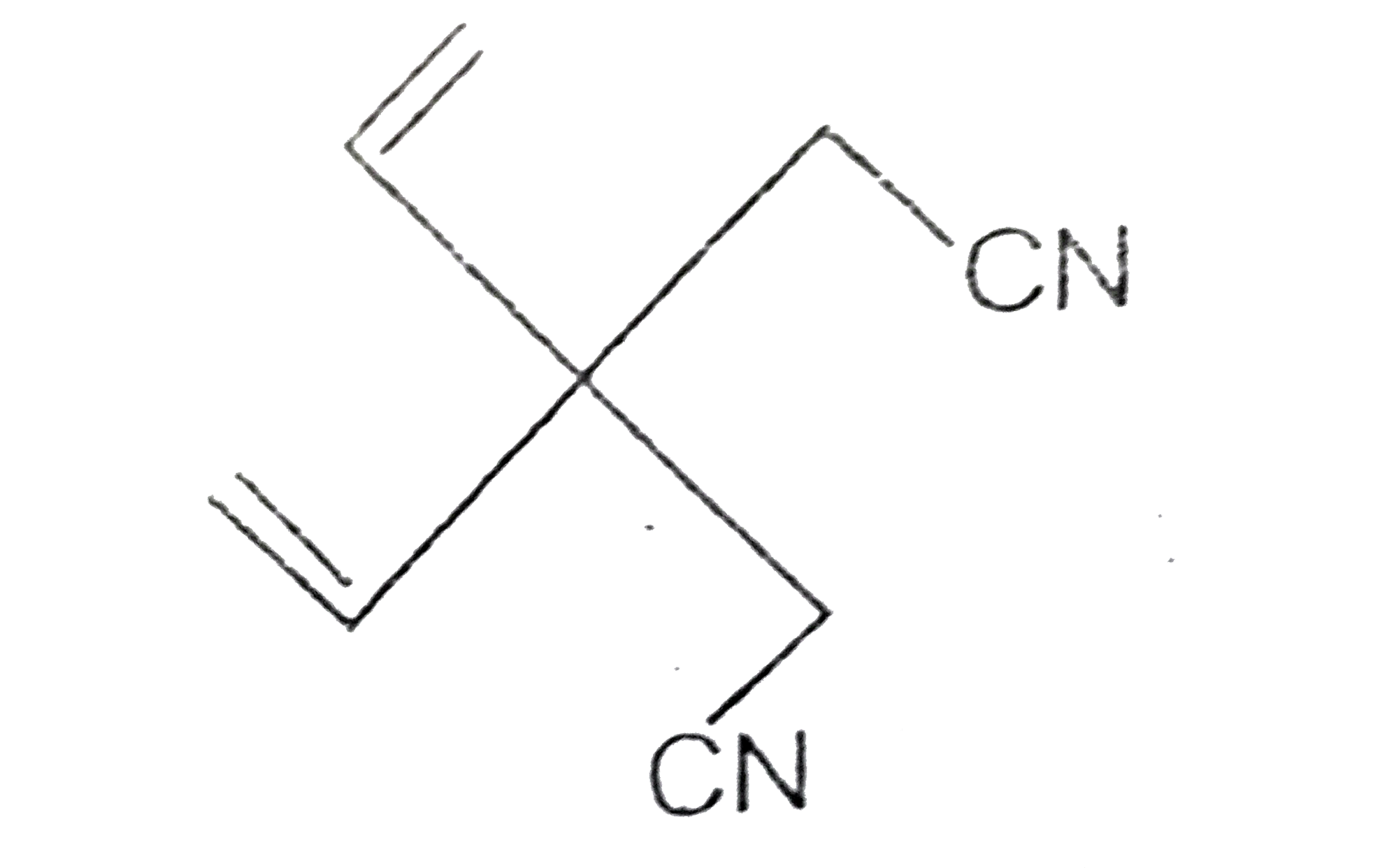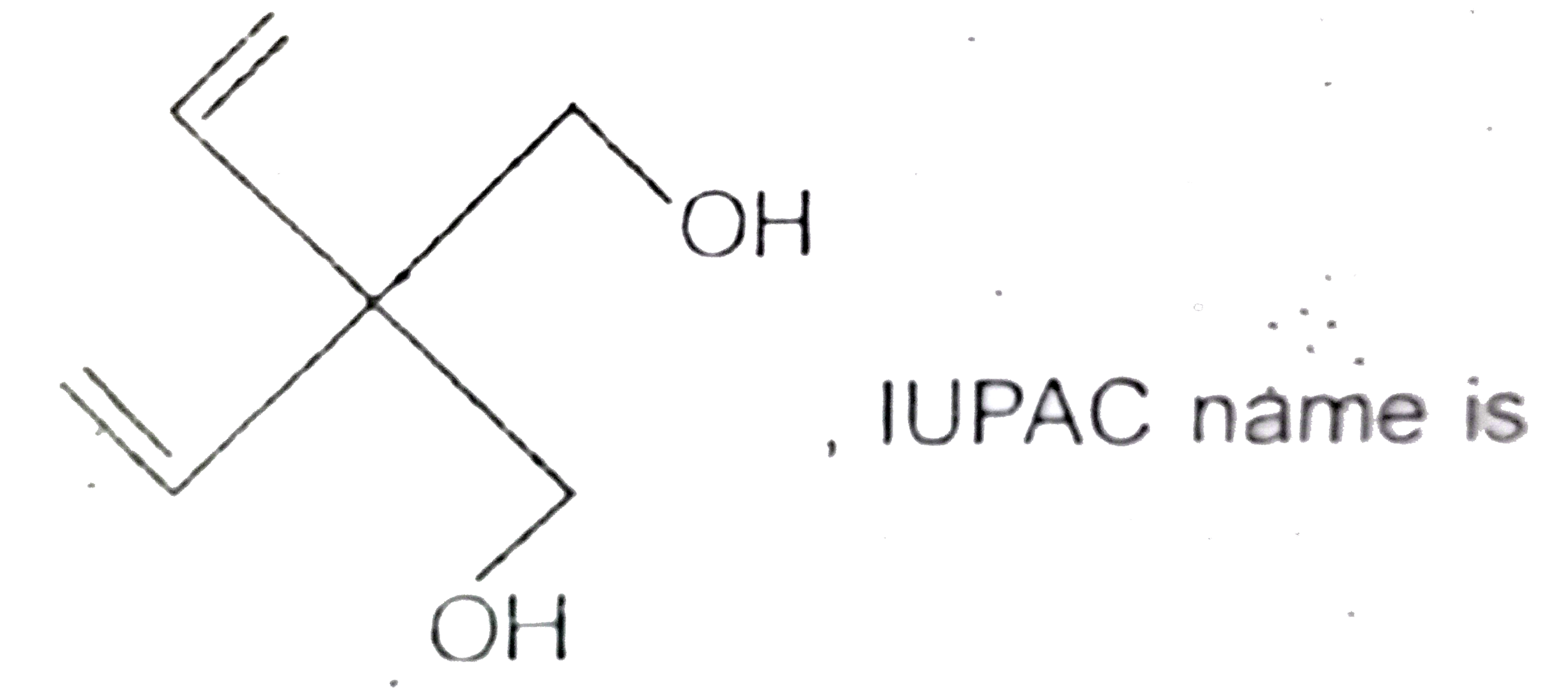Chain Rule
Step by step video & image solution for Chain Rule by Physics experts to help you in doubts & scoring excellent marks in Class 11 exams.
Updated on:21/07/2023Similar Questions
Derivative Of f(x) From The First Principle|Derivative Of Standard Functions|Fundamental Theorems|Product Rule|Quotient Rule|Chain Rule|Note|Exercise Questions|Logarithmic Differentiation|Exercise Questions|OMR
View SolutionDerivative Of f(x) From The First Principle|Derivative Of Standard Functions|Fundamental Theorems|Product Rule|Quotient Rule|Chain Rule|Note|Exercise Questions|Logarithmic Differentiation|Exercise Questions|OMR
View Solution
Knowledge Check
Comprehension # 3
Branched - chain alkanes are named according to the following rules.
(1) Longest chain Rule - Locate the longest continuous chain of carbon atoms. This chain determines the parent name of the alkane.
(2) Lowest set of locants -The longest continuous chain are numbered by arabic numerals 1,2,3,4....from one end of chain to the other, in such a manner that carbon atom carrying first substituent gets the lowest number.
(3) Name of the branched chain alkane - The substituent name and the parent alkane are joined in one word and there is a hyphen between the number and the substituent name.
(4) Alphabetical order of the side chains- When two or more substituent group should be listed alphabetically.
(5) Numbering of different alkyl groups at equivalent positions - If two different alkyl groups are present at equivalent positions the numbering of the parent chain is done in such a way that alkyl group which comes first in the alphabetical order gets the lower number.
(6) Naming of same alkyl groups at different positions - When two or more substituents are identical, indicate this by the use of prefixes di, tri, tetra and soon. Commas are used to separate number from each other.
(7) Rule of larger number of subsitiuents - If a compound has two or more chains of the same length, the parent hydrocarbon is the chain with the greater number of substituents.
(8) Numbering the complex substituent - Name such as iso-propyl, sec-butyl and tert-butyl are acceptable substituent name is the IUPAC system of nomenclature but systematic name are preferable. Systematic substituent names are obtained by numbering the substituent starting at the carbon that is attached to the parent hydrocarbon. This means that the carbon that is attached to the parent hydrocarbon is always the number-1 carbon of the substituent. In following compound CH3−CH2−CH3∣C∣CH3−CH∣CH3−CH3∣CH−CH2−CH3
The correct lowest set of locant is :-A3,3,4,5B3,4,5,5C4,5,3,3D5,5,4,3Comprehension # 3
Branched - chain alkanes are named according to the following rules.
(1) Longest chain Rule - Locate the longest continuous chain of carbon atoms. This chain determines the parent name of the alkane.
(2) Lowest set of locants -The longest continuous chain are numbered by arabic numerals 1,2,3,4....from one end of chain to the other, in such a manner that carbon atom carrying first substituent gets the lowest number.
(3) Name of the branched chain alkane - The substituent name and the parent alkane are joined in one word and there is a hyphen between the number and the substituent name.
(4) Alphabetical order of the side chains- When two or more substituent group should be listed alphabetically.
(5) Numbering of different alkyl groups at equivalent positions - If two different alkyl groups are present at equivalent positions the numbering of the parent chain is done in such a way that alkyl group which comes first in the alphabetical order gets the lower number.
(6) Naming of same alkyl groups at different positions - When two or more substituents are identical, indicate this by the use of prefixes di, tri, tetra and soon. Commas are used to separate number from each other.
(7) Rule of larger number of subsitiuents - If a compound has two or more chains of the same length, the parent hydrocarbon is the chain with the greater number of substituents.
(8) Numbering the complex substituent - Name such as iso-propyl, sec-butyl and tert-butyl are acceptable substituent name is the IUPAC system of nomenclature but systematic name are preferable. Systematic substituent names are obtained by numbering the substituent starting at the carbon that is attached to the parent hydrocarbon. This means that the carbon that is attached to the parent hydrocarbon is always the number-1 carbon of the substituent. In following compound CH3−CH2−CH3∣C∣CH3−CH∣CH3−CH3∣CH−CH2−CH3
The molecular weight of following compound is 3,7-Diethyl-2,2-dimethyl-4-propylnonane :-A230B236C254D240
Derivative Of f(x) From The First Principle|Derivative Of Standard Functions|Fundamental Theorems|Product Rule|Quotient Rule|Chain Rule|Note|Exercise Questions|Logarithmic Differentiation|Exercise Questions|OMR
View SolutionIUPAC Nomenclature Rules|Rules|Examples|IUPAC Nomenclature Of Complex Chain|Rules For Unsaturated Hydrocarbons|OMR|Summary
View SolutionIUPAC-Naming Rule And Rule to Select Parent Carbon Chain
View SolutionIupac Rules For Chain Terminating Functional Groups
View SolutionNames of organic compounds are under the latest guide line of IUPAC IUPAC means international union of pure and applied chemistry. The main rules are longest chain rule, lowest number rule etc. We have to include the rules for naming the substituetns, multiple bonds and even functional groups.
Write the IUPAC name of the following compound

View SolutionNames of organic compounds are under the latest guide line of IUPAC IUPAC means international union of pure and applied chemistry. The main rules are longest chain rule, lowest number rule etc. We have to include the rules for naming the substituetns, multiple bonds and even functional groups.

View Solution
